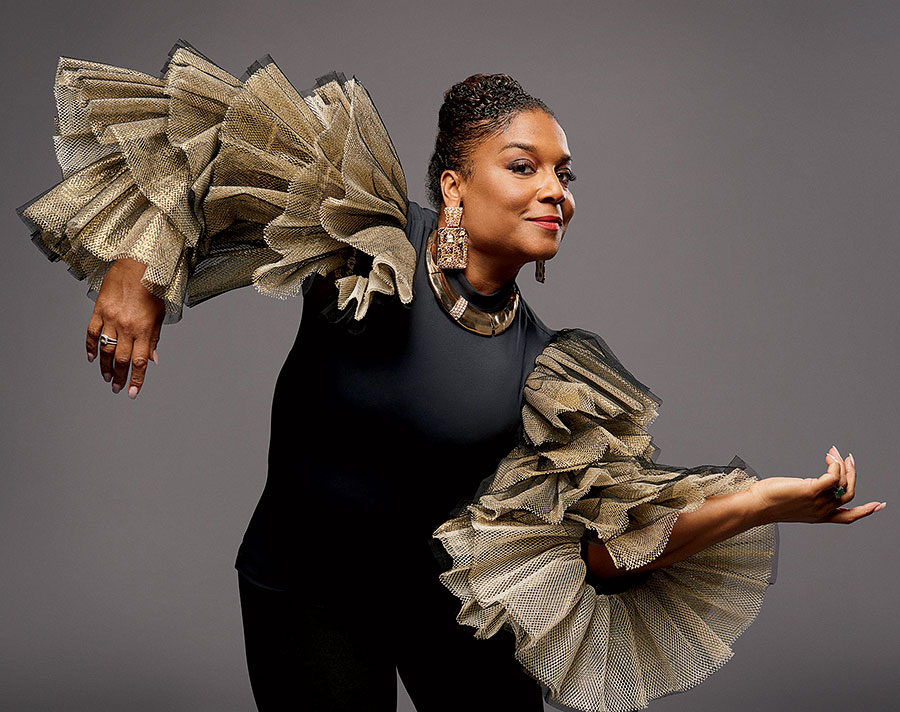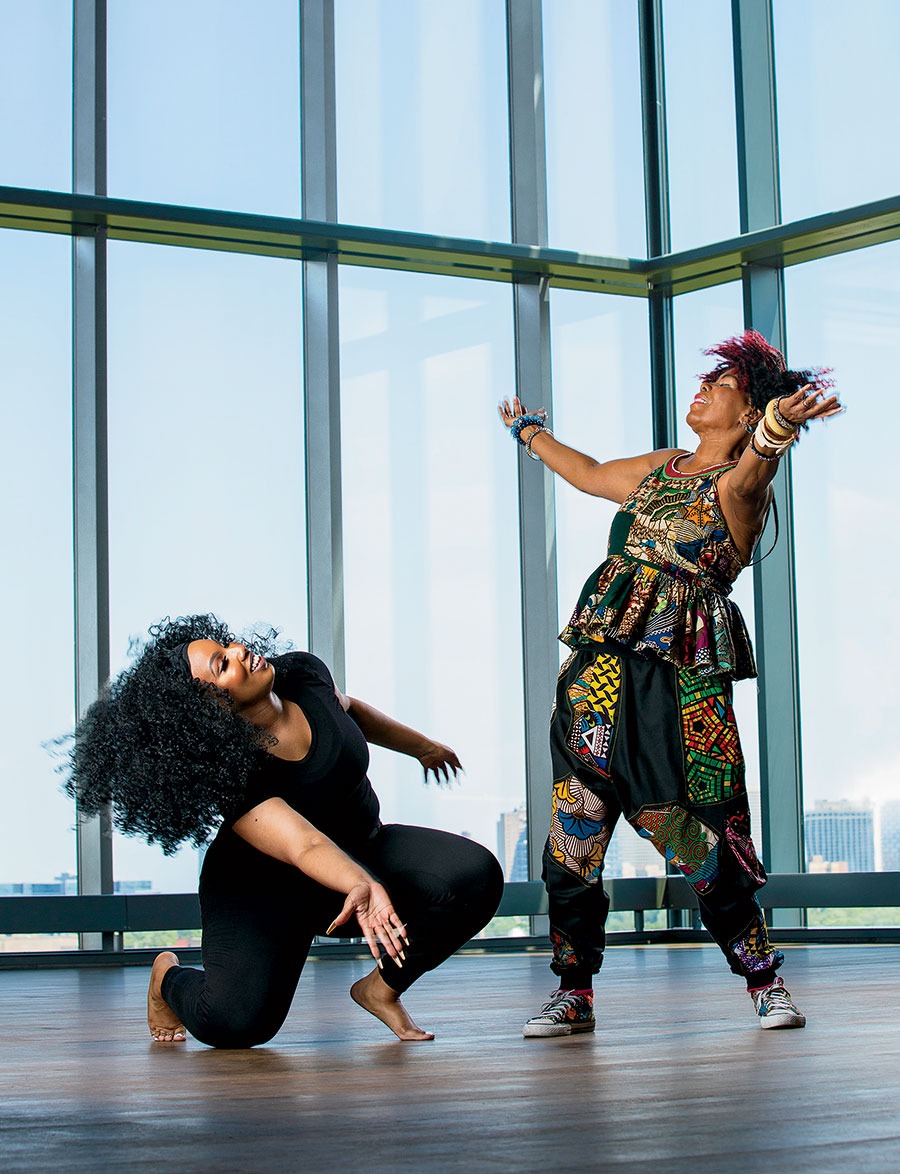Two years ago, the Chicago Black Dance Legacy Project’s daylong showcase Reclamation drew 7,000 fans to Millennium Park, marking the end of its three-year pilot program and capping the city’s Year of Chicago Dance initiative. Now, on August 24, the project will see if lightning can strike twice as it sets off another joy bomb at Pritzker Pavilion with its latest showcase, Divination: The Dancing Souls of Black Folk.
The subtitle alludes to an early 20th-century W.E.B. Du Bois text on the African American experience. But CBDLP director Princess Mhoon says the project’s broader goal is to reframe Black dance as American dance — for everyone. “We’re not separate,” the veteran choreographer says. “We can find our common humanity on that stage, whether it’s in the church, on your prayer rug, in your community, or at a wedding.”

Divination, which kicks off at 5:45 p.m., will see performances from all 10 local troupes participating in the project’s latest incarnation. But they won’t be the only ones finding their groove. A preshow DJ will entice attendees to dance on the lawn and in the aisles, while a commissioned finale will bring to the stage not just all of the CBDLP dancers but others from Chicago as well. “We’re hoping to pack the house again,” Mhoon says. “People should know that they’re coming to be part of a day of dance and not to just watch pieces.”
The participating troupes represent a wider range of dance styles this time around. Companies specializing in footwork, born out of Chicago’s house music scene, and tap have been added to the project. “There are still people who are very unaware about Chicago footwork,” says Jamal “Litebulb” Oliver, cofounder of the Era Footwork Crew, a participating dance company. “Being able to present footwork in different places is definitely a value for us. Growing up, the most people did was the Bud Billiken Parade.”
In addition to providing performance showcases around the city, the CBDLP, a program run by the University of Chicago’s Logan Center for the Arts, offers development support to the participating troupes, some of which are less established than others. This might mean guidance on attracting funding, boosting audiences, or archiving performances (the project recently added an archival specialist to its staff). The CBDLP also coordinates peer-to-peer support among fellow participants.
“We’re not separate. We can find our common humanity on that stage.”
— Princess Mhoon, director of the Chicago Black Dance Legacy Project
“Everyone’s trying to grow their business in some way, shape, or form,” says Makeda Crayton, executive director of Deeply Rooted Dance Theater, a participating troupe that melds African American traditions and contemporary dance forms. Now in residence in the Loop with Ballet Chicago, Deeply Rooted has undertaken an ambitious $15.6 million capital campaign to create a new dance center on the South Side. “In all of these dance organizations, the performance aspect gets the most attention, and this other stuff falls by the wayside.”
Providing support for such matters is part of a rising-tide-lifts-all-boats philosophy that pervades the CBDLP. “There’s an African saying: ‘I am because we are,’ ” says Emily Hooper Lansana, a senior administrator at the Logan Center. “If you are a leader of a Black arts organization that has been able to sustain itself for decades, you have a fierce spirit and survival skills.”
When Lansana moved to Chicago 30 years ago, “it felt like a place where you could have an idea and bring that idea to fruition,” she says. The Chicago Black Dance Legacy Project is working to keep the harvest growing.



